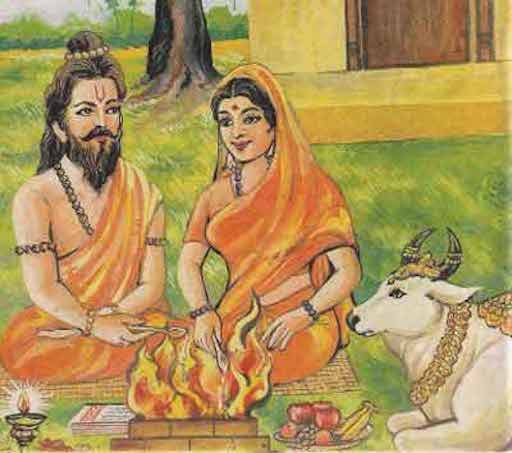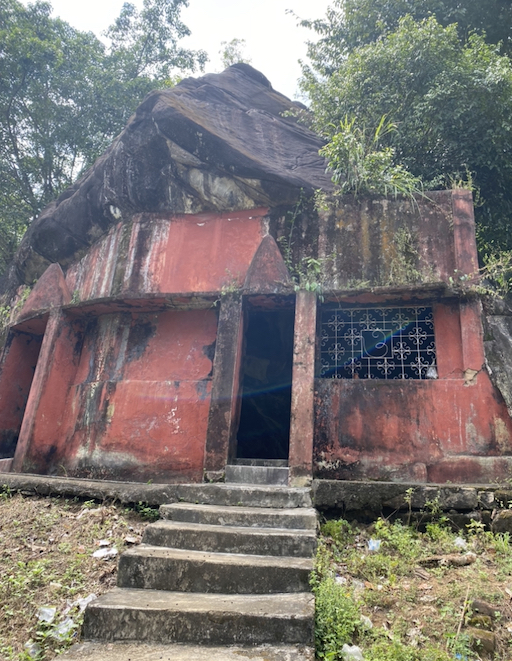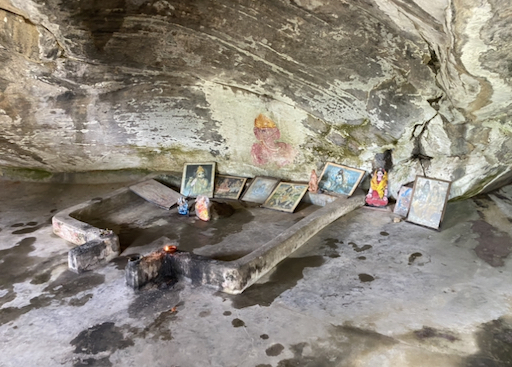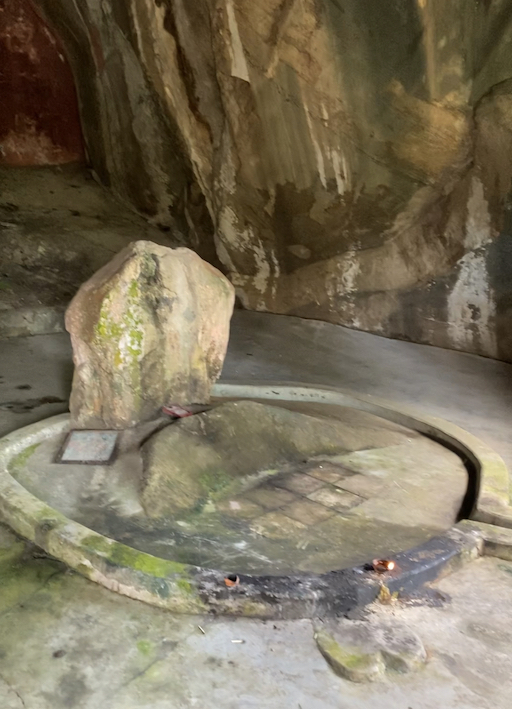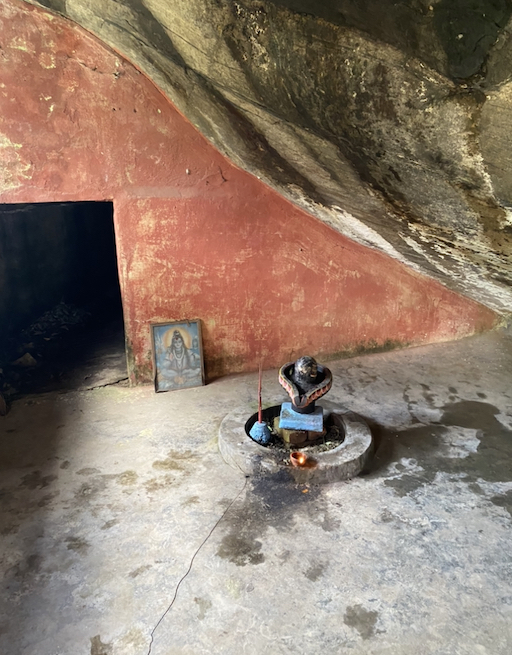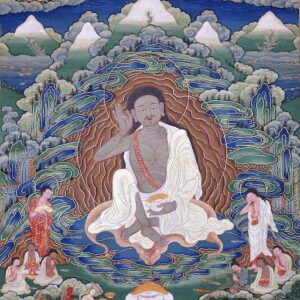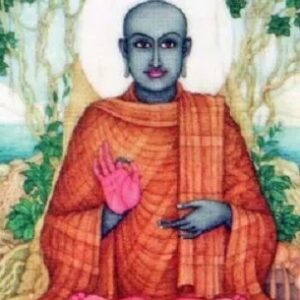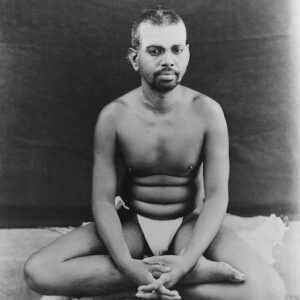This is a cave said to be used by Maa Arundhati, wife of Saptarishi Vashistha for sadhana.
There is a place to sit and meditate. You can go into meditative states here effortlessly.
How to Get there
The cave is located 200 m South of Basistha Temple.
Map:
https://maps.app.goo.gl/QjGNd3or4pCjrfEG7
About Arundhati
Arundhati (Sanskrit: अरुन्धती, romanized: Arundhatī) is the wife of the sage Vasishtha, one of the seven sages (Saptarshi) of Hinduism.[1]
The name Arundhatī in Sanskrit literally means ‘washed from the rays of sun’, from arun ‘sun rays’, and dhatī , ‘washed’.
Legend
Arundhati’s birth and life are mentioned in various Hindu scriptures. The birth of Arundhati is found in the Shiva Purana and Bhagavata Purana. The instruction by Brahma to Arundhati is described in the Uttara Kanda of the Ramcharitmanas. The rivalry between Vishvamitra and Vasishtha which leads to the death of her hundred sons is described in the Balakanda of Valmiki‘s Ramayana. The Mahabharata and several Brahmana works describe her sons, including Shakti, and grandson Parashara. Arundhati’s meetings with Sita and Rama are mentioned in the Ramayana, Ramcharitmanas and Vinaya Patrika.[2] Her role in pleading Shiva to marry Parvati is described in the sixth canto of Kumarasambhava of Kalidasa.[3]
As per the Bhagavata Purana, Arundhati is the eighth among the nine daughters of Kardama and Devahuti. She is the grandmother of Parashara and the great-grandmother of Vyasa.[2] The Shiva Purana describes her as being Sandhya, the mind-born daughter of Brahma, in a previous birth. On instruction of Vasishtha, Sandhya pleased Shiva by penance in order to purify herself from passion, and Shiva asked her to jump into Medhatithi’s fire. She was then born as Medhatithi’s daughter and married Vasishtha. Some other Puranas describe her as the daughter of Kashyapa and sister of Narada and Parvata, and she was offered in marriage to Vasishtha by Narada.[4]
The Mahabharata describes Arundhati as an ascetic who used to give discourses to even the seven sages. The wife of Agni, Svaha, could therefore assume the form of the wives of the other six seers amongst Saptarshi but not that of Arundhati. The epic also narrates how once she pleased Shiva when it did not rain for 12 years and the seven seers were suffering without roots and fruits. Her chastity and service to her husband is mentioned as unparalleled in the Mahabharata.[4]
As per the Valmiki Ramayana, she bore a hundred sons, who were all cursed to die by Vishvamitra. She then bore a son named Shakti and later another one named Suyagya, who studied with Rama at Vasishtha’s hermitage.[2] Some sources say she had eight sons including Shakti and Chitraketu.[4]
The life of Arundhati is described in the eponymous Hindi epic poem Arundhati composed by Jagadguru Rambhadracharya in 1994.
Sri M & Guru maheshwarnath Babaji stayed at this cave
In his book, ‘Apprenticed to a Himalayan Master: A Yogi’s Autobiography’, Sri M shares a very vivid description of this cave where he lived with his Guru Maheshwarnath Babaji.
“Close to the Vasishta Guha, as you walk along the rocky banks of the river Ganga, if you look carefully up at the hills on your right, you will come across a little cave, nicely tucked away behind the hanging roots of a big banyan tree. It is known as the Arundhati cave, and that was where Babaji decided to stay. He said he loved this cave, and had stayed there several times. It was just enough for two, and had a large flat rock, like an open verandah, at the front end, which was just the right size for a Dhuni.”
About Rishi Vasistha
Vasishtha (Sanskrit: वसिष्ठ, IAST: Vasiṣṭha) is one of the oldest and most revered Vedic rishis or sages,[3][4] and one of the Saptarishis (seven great Rishis). Vashistha is credited as the chief author of Mandala 7 of the Rigveda.[5] Vashishtha and his family are mentioned in Rigvedic verse 10.167.4,[note 1] other Rigvedic mandalas and in many Vedic texts.[8][9][10] His ideas have been influential and he was called the first sage of the Vedanta school of Hindu philosophy by Adi Shankara.[11]
The Yoga Vasishtha, Vasishtha Samhita, as well as some versions of the Agni Purana[12] and Vishnu Purana are attributed to him. He is the subject of many stories, such as him being in possession of the divine cow Kamadhenu and Nandini her child, who could grant anything to their owners. He is famous in Hindu stories for his legendary conflicts with sage Vishvamitra.[4][13][14] In the Ramayana, he was the family priest of the Raghu dynasty and teacher of Rama and his brothers.[15]
Read More:
https://en.wikipedia.org/wiki/Arundhati_(Hinduism)
https://en.wikipedia.org/wiki/Vasishtha
